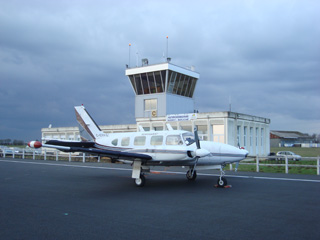A Growing Industry

The practice of geophysical surveying is growing in popularity and acceptance due to breakthroughs in the technology. Geophysical surveys are important because they provide the ability to accurately map a survey area rapidly and economically. There are many innovative and exciting advances in the industry of geophysical surveys that will alter the way these surveys are performed. Geophysical survey technology is evolving in a way that these systems are becoming more sensitive, smaller and more customized. These systems are commonly used for:
These systems involve using sensitive instrumentation to detect minerals, igneous rock formations, hydrocarbons, and anomalies remotely. Oil companies, mining companies and archaeology groups are excited about these advances in the geophysical survey systems and figure to be prominent drivers of the industry going forward. These advanced systems are frequently used as a preliminary form of exploration and a basis for which further investigation is either warranted or dismissed.
The Types of Geophysical Survey Systems
The types of systems available and the sensitivity of these systems can be vastly different depending on the geophysical survey company employed. Different companies utilize different methods and have systems that are specialized for each method. Some companies specialize in airborne survey methods while others specialize in ground based methods.
Airborne survey systems are quickly gaining favour due to the ease with which they can be implemented and ability to cover large areas quickly. The evolution of the unmanned aircraft is further pushing the possibilities of airborne survey methods by providing safe avenues for surveys to be completed in environments that are hostile or very hard to reach in person. Currently, most airborne geophysical surveys are carried out using specially modified helicopters or small aircraft with the systems mounted to the aircraft. These systems are building excitement in the industry due to the ease with which previously unreachable and unexplored areas can be safely and accurately mapped.
The Technology Behind the Systems
Many geophysical survey systems make use of technologically sophisticated equipment in order to get the most accurate mapping of an area. Some systems provide data used to identify mineral targets, while others identify mineral structure.
Geophysical survey systems typically use the following technologies:
-
Electromagnetics
-
Radiometrics
-
Magnetics
-
Gravity
Each system uses different technology to identify specific geophysical characteristics present in the area. The best systems typically combine different variations of these technologies to get more in-depth analysis from different angles.
Mineral and petroleum (oil and gas) explorations are the main forces behind the geophysical survey industry. The increased demand for minerals, uranium, hydrocarbons and rare earths figures to continue pushing this industry to evolve. This evolution will continue to lead to increasingly portable and accurate geophysical survey systems.